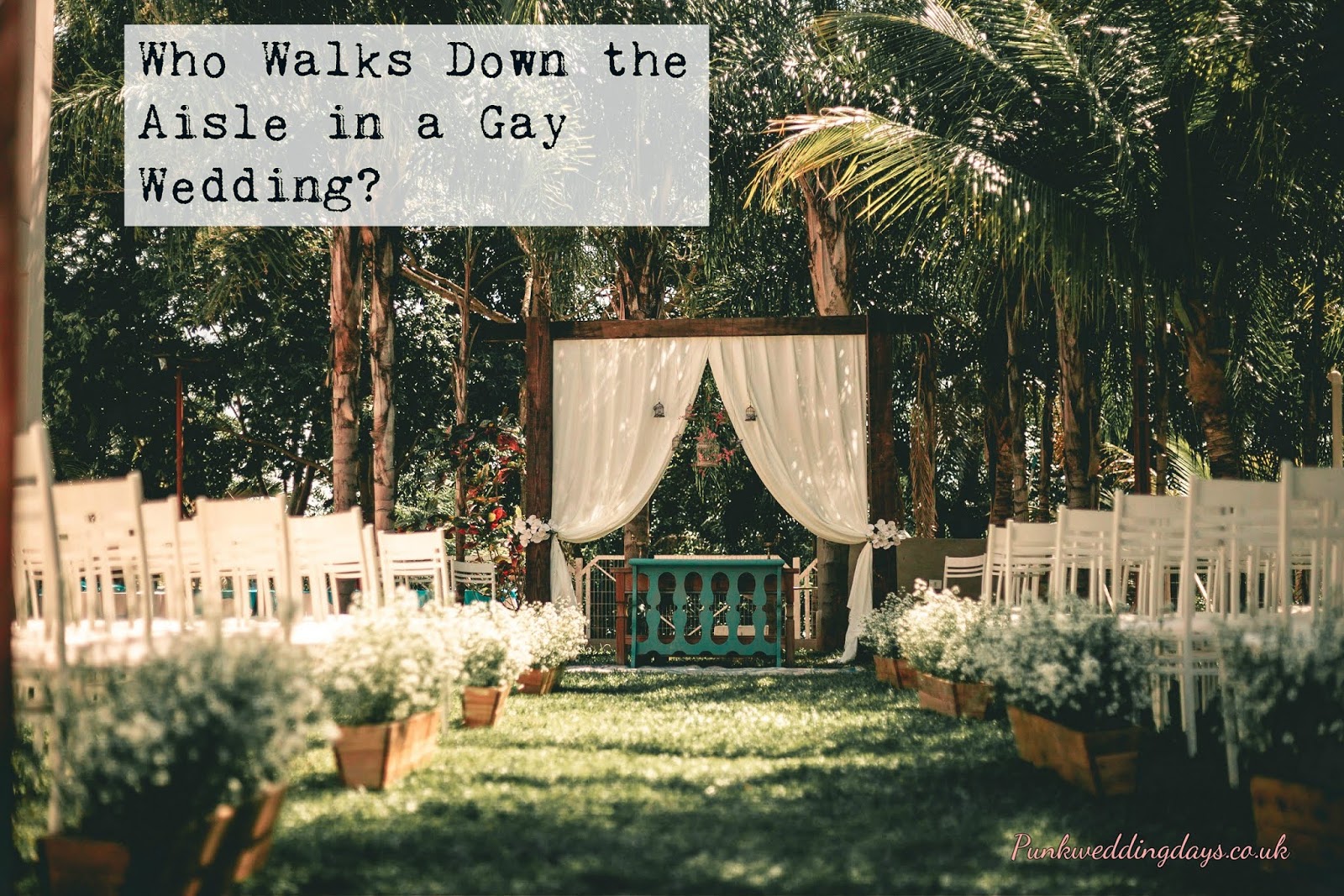Irish Wedding Traditions
Same-sex marriage is now legal in the Republic of
Ireland, and it’s fair to say that we’ve been pretty excited about it.
It’s got us thinking about Irish wedding traditions, and here are some of our favourites.
The Claddagh Ring
The Claddagh Ring has been popular in Ireland since
the 17th century. Designed to symbolise the three qualities of love,
friendship and loyalty, the ring is two hands clasping a heart below a crown. It's most commonly given as an engagement or wedding ring.
Traditionally, a mother will give the ring to her daughter or a grandmother to a granddaughter. If the idea of the ring doesn’t appeal to you, then you could always take the design and use it on your wedding stationary.
Traditionally, a mother will give the ring to her daughter or a grandmother to a granddaughter. If the idea of the ring doesn’t appeal to you, then you could always take the design and use it on your wedding stationary.
Horseshoes
Horseshoes have long been associated with good
luck. You’ve probably seen them featured in other weddings, too. The horseshoes
used today are most likely to be plastic, but for real authenticity use a real one.
However, if the thought of carrying around an iron shoe doesn’t appeal to you, then you could incorporate the design into a necklace or, again, use it on your stationary. Just be sure that the horseshoe is facing upwards; it’s believed the luck will run out if it’s upside down.
However, if the thought of carrying around an iron shoe doesn’t appeal to you, then you could incorporate the design into a necklace or, again, use it on your stationary. Just be sure that the horseshoe is facing upwards; it’s believed the luck will run out if it’s upside down.
St Patrick's Day
Centuries ago, it was traditional for Irish weddings
to take place on a Sunday. When Ireland took to Catholicism, however, this
changed. Sunday was the Sabbath, and it was considered disrespectful to marry on
that day.
Today, Saturday might the most popular day to celebrate on, but it isn’t considered to be all that lucky. If you want the luck of the Irish on your side, then the best day to get hitched is March 17th – St Patrick’s Day.
Today, Saturday might the most popular day to celebrate on, but it isn’t considered to be all that lucky. If you want the luck of the Irish on your side, then the best day to get hitched is March 17th – St Patrick’s Day.
Bells
It’s believed that bells can ward off evil spirits.
Some couples will have a bell rung after they’ve said their vows. Couples might even pop a little bell through a shoe lace, onto a heel or inside a
bouquet. Guests not au fait with this superstition might think the venue’s mouse
catcher is on the loose, but better that than an evil spirit, right?
Handfasting
Traditionally, handfasting was when a couple were
bound at the wrists by a ribbon or cord, and it’s where the phrase ‘tying the
knot’ comes from. The couple would agree to commit to the other for a year and a day.
Once that time was up they could then choose to make the bond more permanent.
There’s no try-before-you-buy scenario anymore, but
this is a lovely addition to a ceremony. Usually, the couple will be bound
together just before the vows; the ribbon or cord is then untied by the
celebrant afterwards.
Blue
We might associate Ireland with green, but many of
their brides once wed in blue as it was the colour of purity. For brides, a blue
dress might not hold as much appeal as white or ivory but for the grooms, a blue suit would look
rather handsome.
There are many Irish superstitions and traditions that would fit beautifully into a modern wedding. We'd love to hear about what you're planning or about what you chose to use in your own ceremony.
You can comment below or drop us a tweet, a Facebook message or send us an email.
There are many Irish superstitions and traditions that would fit beautifully into a modern wedding. We'd love to hear about what you're planning or about what you chose to use in your own ceremony.
You can comment below or drop us a tweet, a Facebook message or send us an email.
















